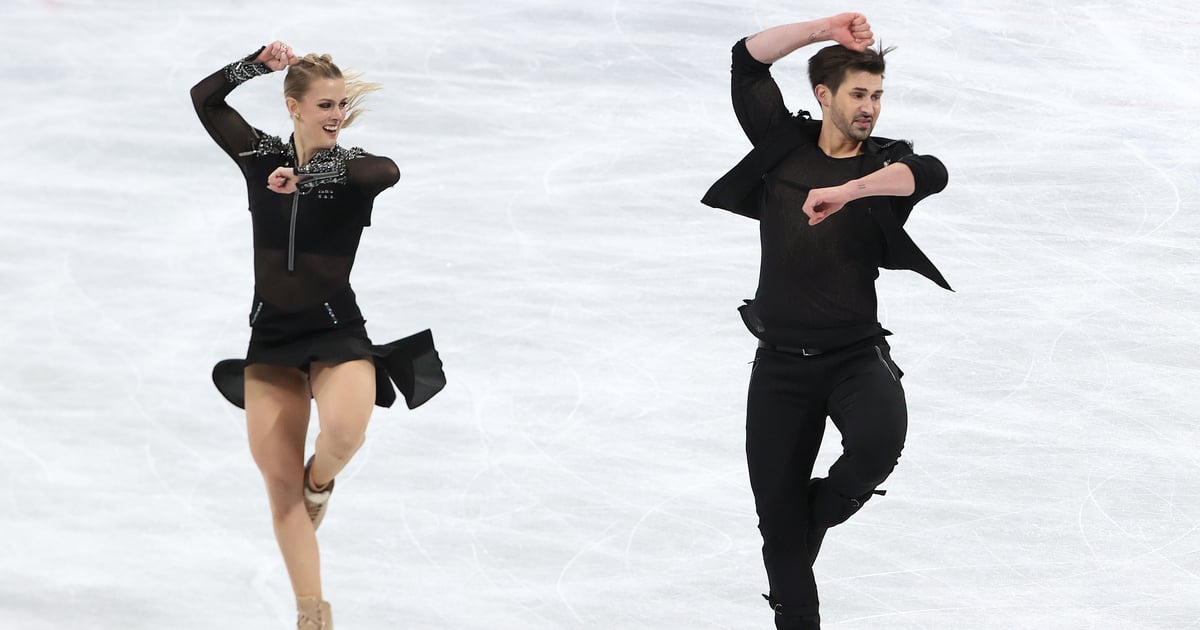No one can blame you for not being able to peel your eyes away from Olympic figure skating — but between the sport’s complicated scoring system, the vast number of jumps and other skills the skaters perform, and the onslaught of sequins, it’s OK if you’re feeling as overwhelmed as you are fascinated.
Each of the different figure skating disciplines has its own distinctive features, but understanding even a handful of basic elements and terms will help you better track what’s happening across the board. Figure skating is a fast-moving sport, and it can sometimes be difficult to identify every element in real-time — especially jumps, which can only be distinguished by looking closely at a skater’s feet. During the live broadcasts, there will always be a scoring box on screen that labels the elements (and their levels and grades of execution), but this guide is a good place to start if you want to learn more about the most common figure skating moves.
First, let’s get one important thing out of the way. You’re going to hear a lot of talk about “edges,” both here and on TV, and having a basic understanding of edges is key to deciphering jumps and step sequences. So, what is an edge, exactly? A figure skating blade is made from a thin piece of metal, which has a very narrow “flat” surface and two sharp edges — imagine a knife with a super-thick blade, and you have a general idea. Figure skaters move by skating on the edges, or the actual sharp parts of the blade.
When it comes to jumping, edges are of the essence. Jumps are identified by whether or not they use a toe-pick assist for takeoff, as well as which edge they take off from. An “inside edge” refers to the blade edges that lean “in” towards the other foot; an “outside edge” is the edge of the blade on the “outside” of each foot or away from the body. And, with that, you’re ready to dive into more figure skating terms.
